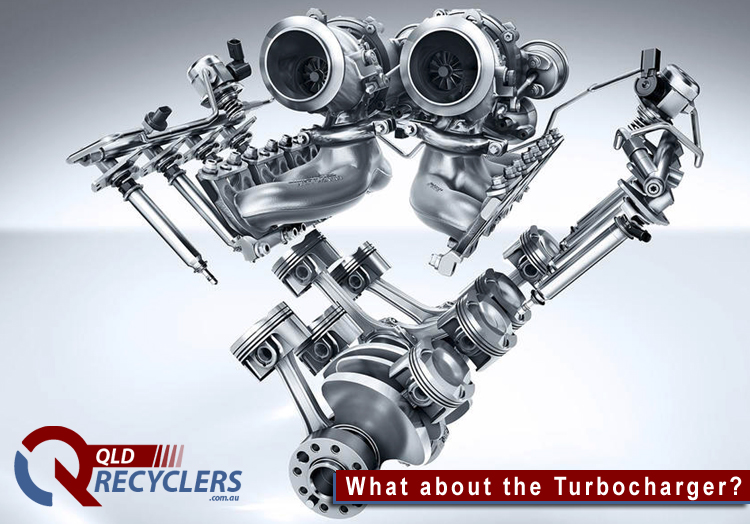What about the Turbocharger?
Turbocharger technology is something which brings along high performance, low fuel consumption variables. On today’s date, it seems impossible to build around a car using a turbocharger. In other words, “if you wish to have a big-engine power with small engine fuel economy, Turbochargers are a real help”.
Doing more realistic than less thoughtful
Turbo engines don’t rely on Piston’s vacuum effect as the engine of a turbocharged vehicle uses air pump for forcing air to the cylinder unlike the naturally aspirated engine wherein used is the partial vacuum created by a slight descending of the piston which helps draw air into the cylinder. The latter part also uses some negative pressure to suck air by using the intake valves. This is limited heavily considering the air supply. But when it comes to turbo pressure, the engine gets twice the air using (as much it was naturally aspirated by it) 1 bar of turbo pressure.
Some features associated with turbochargers are:
- They can compress air. It can be up to 5 bar which is above the standard atmosphere pressure or 72.5 PSI.
- In the case of road cars, they run at 0.5 to 1 bar (sedate) or 7 to 14 PSI.
- Even a 2.0-litre turbocharged engine works as powerful as the 4.0-litre engine which is naturally aspirated. It is all possible because of forced induction, etc.
It’s like driving “big and better” than “small and slow”.
See:
Tyre Safety – Dangers of Imported Used Tyres
Is using turbocharges a clever act?
Use of turbocharger is ingenious. Engine runs, the exhaust gas passes through a turbine with a spin (a better rate). This turbine (bolted to air compressor) now spins faster and so does the compressor which helps it bring in the fresh air and shove it up to the engine. The leaning to accelerator defines the work of turbo. A simple acceleration causes the turbo to deliver a boost.
The catch
In simple terms, its expensive and this is why we all don’t drive turbocharged cars for years. They need to dedicate oil and water supply which helps increase the load on lubrication and cooling systems. Intercoolers too are fitted in to help maintain a temperature of the air in the cylinder. The more it has benefits, the more it carries around default and hence it needs a careful interpretation of both to function along well. Turbocharging is lag. The improvements brought in technology has not been so good and have shown laggy nature just like previously used Saabs and Porsches but its most exciting step is on F1 racers and keeps control over the spooling up of turbo spinning.
Turbodiesels
Diesel is a special breed as, without such a force, the engines using diesel would never be prevalent. Unlike other engines, diesel help capitalises on the torque nature and help enjoy benefits same to petrol using the engine. They are built to manage high stress and temperature along. They are naturally aspirated and have a forced induction which works well by burning fuels. It becomes perfect at a round of full acceleration where we find open the fuel injectors.
It’s a better improvement over petrol engines. Turbodiesels are also a better avoider to the problem anyway.

